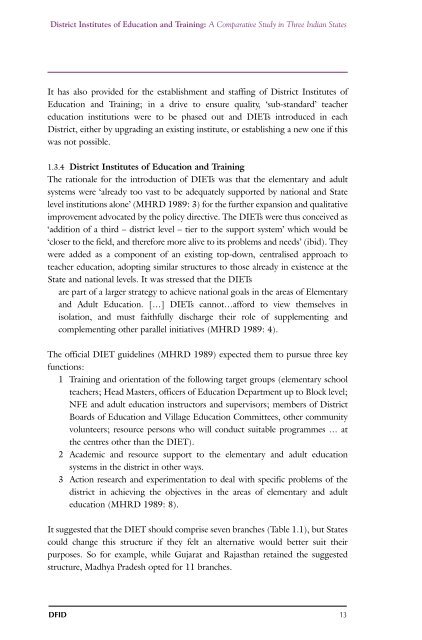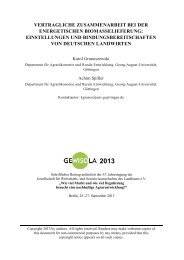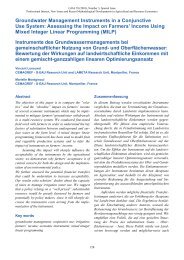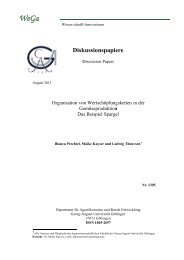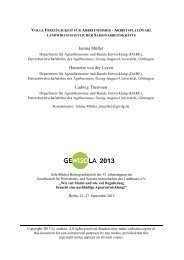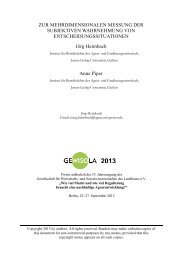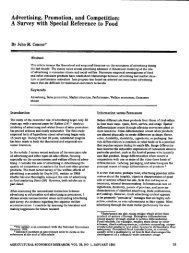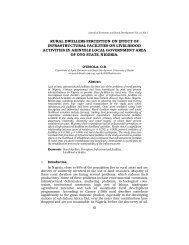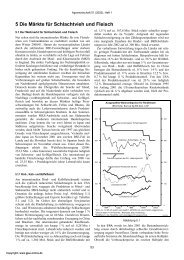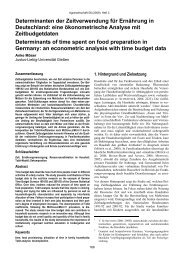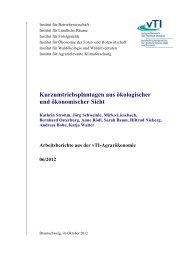District Institutes of Education and Training - Teacher Education
District Institutes of Education and Training - Teacher Education
District Institutes of Education and Training - Teacher Education
Create successful ePaper yourself
Turn your PDF publications into a flip-book with our unique Google optimized e-Paper software.
<strong>District</strong> <strong>Institutes</strong> <strong>of</strong> <strong>Education</strong> <strong>and</strong> <strong>Training</strong>: A Comparative Study in Three Indian States<br />
It has also provided for the establishment <strong>and</strong> staffing <strong>of</strong> <strong>District</strong> <strong>Institutes</strong> <strong>of</strong><br />
<strong>Education</strong> <strong>and</strong> <strong>Training</strong>; in a drive to ensure quality, ‘sub-st<strong>and</strong>ard’ teacher<br />
education institutions were to be phased out <strong>and</strong> DIETs introduced in each<br />
<strong>District</strong>, either by upgrading an existing institute, or establishing a new one if this<br />
was not possible.<br />
1.3.4 <strong>District</strong> <strong>Institutes</strong> <strong>of</strong> <strong>Education</strong> <strong>and</strong> <strong>Training</strong><br />
The rationale for the introduction <strong>of</strong> DIETs was that the elementary <strong>and</strong> adult<br />
systems were ‘already too vast to be adequately supported by national <strong>and</strong> State<br />
level institutions alone’ (MHRD 1989: 3) for the further expansion <strong>and</strong> qualitative<br />
improvement advocated by the policy directive. The DIETs were thus conceived as<br />
‘addition <strong>of</strong> a third – district level – tier to the support system’ which would be<br />
‘closer to the field, <strong>and</strong> therefore more alive to its problems <strong>and</strong> needs’ (ibid). They<br />
were added as a component <strong>of</strong> an existing top-down, centralised approach to<br />
teacher education, adopting similar structures to those already in existence at the<br />
State <strong>and</strong> national levels. It was stressed that the DIETs<br />
are part <strong>of</strong> a larger strategy to achieve national goals in the areas <strong>of</strong> Elementary<br />
<strong>and</strong> Adult <strong>Education</strong>. […] DIETs cannot…afford to view themselves in<br />
isolation, <strong>and</strong> must faithfully discharge their role <strong>of</strong> supplementing <strong>and</strong><br />
complementing other parallel initiatives (MHRD 1989: 4).<br />
The <strong>of</strong>ficial DIET guidelines (MHRD 1989) expected them to pursue three key<br />
functions:<br />
1 <strong>Training</strong> <strong>and</strong> orientation <strong>of</strong> the following target groups (elementary school<br />
teachers; Head Masters, <strong>of</strong>ficers <strong>of</strong> <strong>Education</strong> Department up to Block level;<br />
NFE <strong>and</strong> adult education instructors <strong>and</strong> supervisors; members <strong>of</strong> <strong>District</strong><br />
Boards <strong>of</strong> <strong>Education</strong> <strong>and</strong> Village <strong>Education</strong> Committees, other community<br />
volunteers; resource persons who will conduct suitable programmes … at<br />
the centres other than the DIET).<br />
2 Academic <strong>and</strong> resource support to the elementary <strong>and</strong> adult education<br />
systems in the district in other ways.<br />
3 Action research <strong>and</strong> experimentation to deal with specific problems <strong>of</strong> the<br />
district in achieving the objectives in the areas <strong>of</strong> elementary <strong>and</strong> adult<br />
education (MHRD 1989: 8).<br />
It suggested that the DIET should comprise seven branches (Table 1.1), but States<br />
could change this structure if they felt an alternative would better suit their<br />
purposes. So for example, while Gujarat <strong>and</strong> Rajasthan retained the suggested<br />
structure, Madhya Pradesh opted for 11 branches.<br />
DFID 13


